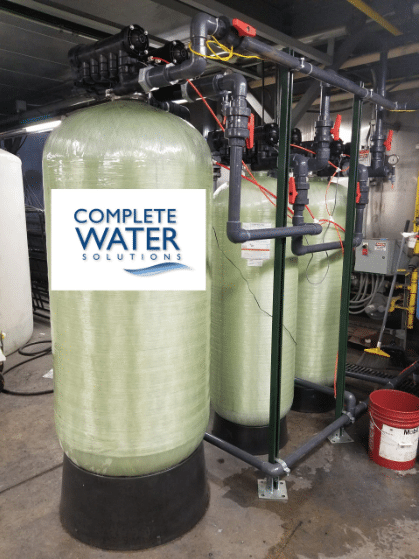The Benefits of Softened Water for RO
The Benefits of Softened Water for RO
A very useful application of business-type water softeners is in the pretreatment of the influent water for commercial and industrial/institutional reverse osmosis systems. A 24-hour-per-day operation calls for a constant quality of softened water with minimal leakage, which is usually below 8ppm total hardness. Duplex parallel or duplex alternating water softener systems are generally specified to meet this critical requirement.
The flow rate requirement for presoftened water fed to small commercial reverse osmosis systems is surprisingly low; therefore, small softener systems are excellent for this specialized requirement (dependent on the size of your system).
How Softening Can Help RO Systems
The primary purpose of reverse osmosis (RO) in water treatment is the removal of 90-95% of the dissolved solids (or salts) in a stream of water. When these salts are separated from the stream and go to waste as reject water, their concentration is very high. Some of these salts remain soluble and stay in solution. Others, when they exceed the concentration of their maximum solubility, will precipitate. Calcium compounds such as calcium sulfate (CaSO₄) have a low level of solubility in water and will easily precipitate. This precipitation will cause fouling and clogging of the RO membranes. Sodium sulfate (Na₂SO₄), on the other hand, does not tend to precipitate.
Softening the feedwater stream to a commercial RO system removes the calcium and magnesium salts, converting these to sodium salt, which, in turn, will not precipitate. Generally, a water supply having greater than three grains per gallon (or 52 ppm) total hardness should be softened for commercial RO systems. A presoftened water supply lessens the workload on the RO membrane and lengthens the life of the membrane module.


